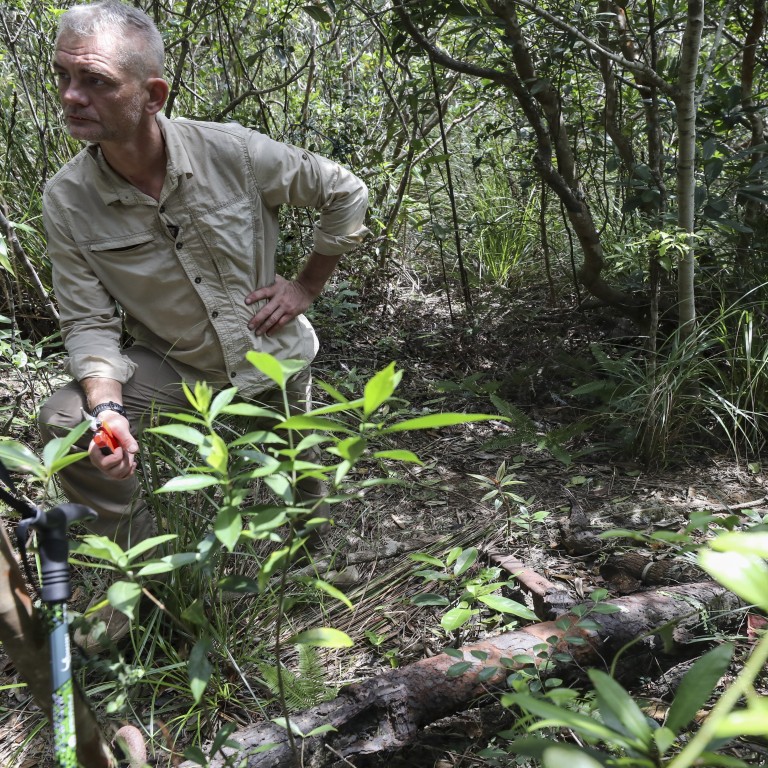
‘Most violent day’ in Hong Kong’s history: expert team ready to dig up wreckage of US warplane shot down in WWII
- Amateur historian Craig Mitchell campaigned 10 years for funds, expert help to make dig happen
- Aircraft believed to be one of two US planes that collided, crashed under Japanese fire in 1945
An international team of archaeologists and forensic experts will start excavating a site at Tai Tam Country Park later this month to unearth wreckage believed to be of a United States warplane shot down during the second world war.
Local amateur historian Craig Mitchell first stumbled on the site at the southern end of Hong Kong Island in 2011, hidden under vegetation on a steep hill. He has spent the past decade campaigning for funds and support to make the dig happen.
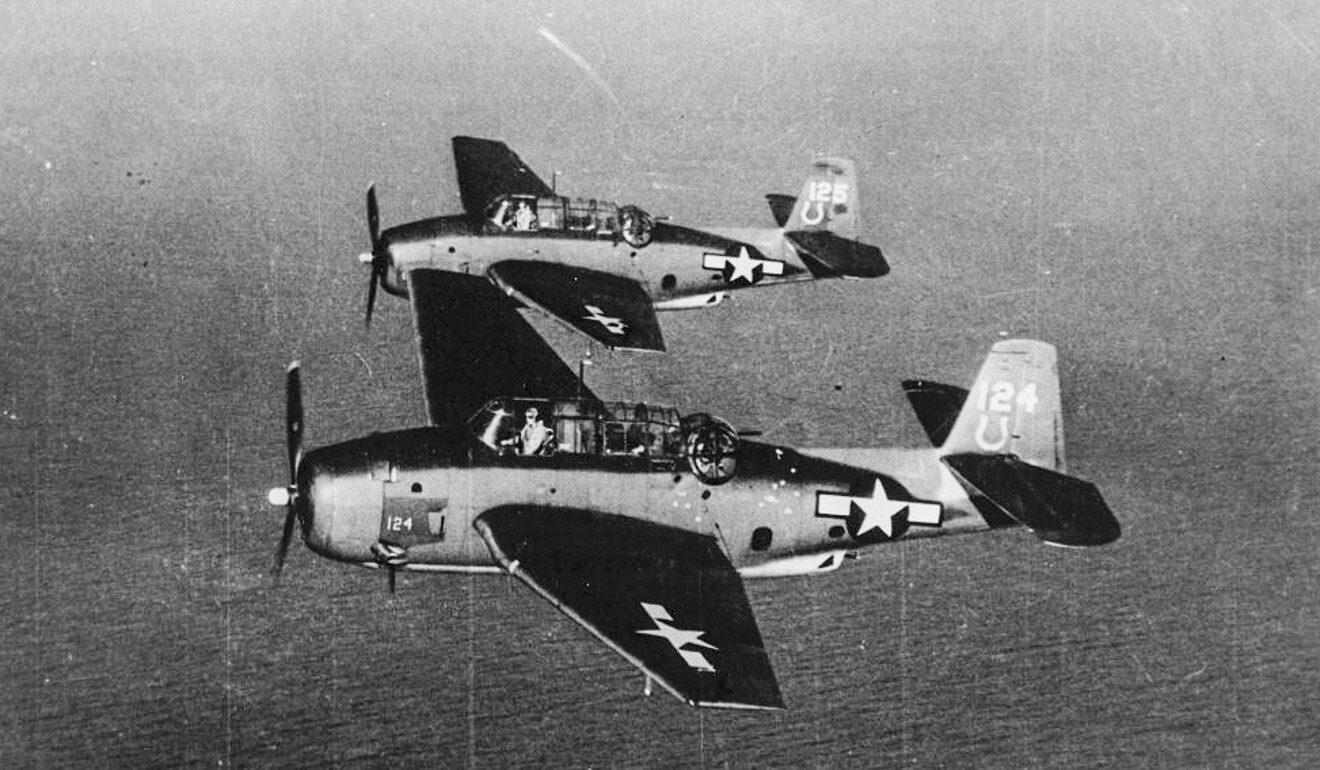
He believes it is the crash site of one of the two US TBM Avenger warplanes that collided in mid-air over Tai Tam Valley while under heavy anti-aircraft fire from the Japanese on January 16, 1945, just months before the end of the war. Five of the six airmen died.
World War II grenades, mortar found on Hong Kong hillside
Mitchell found some aircraft parts, including an arrester hook to slow down navy planes landing on an aircraft carrier. Part of the cockpit, a 24-hour clock, an airman’s headpiece and an oxygen diluter also turned up.
The other plane crashed nearby, but its parts are believed to have been scavenged and sold as scrap metal during the war.
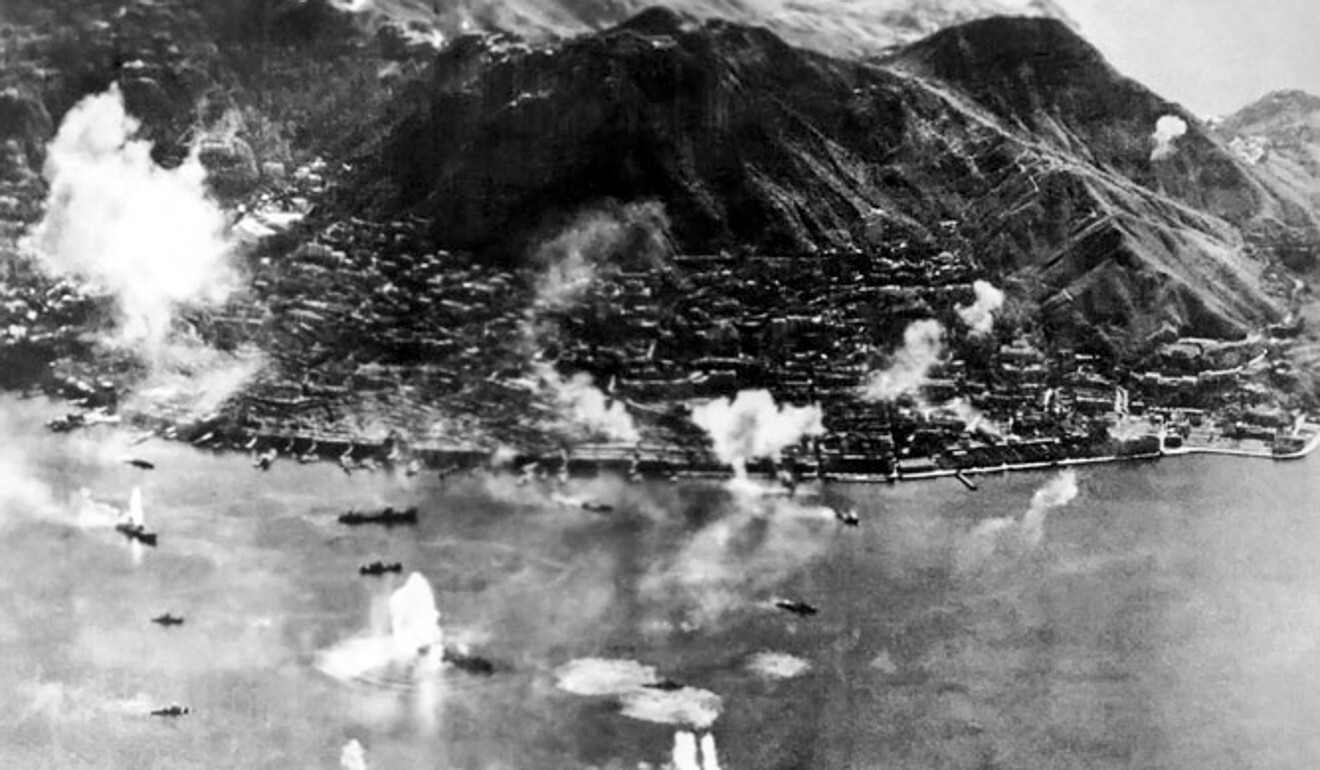
The Japanese occupied Hong Kong from December 1941 until August 1945. After the US joined the war, its navy launched aerial attacks on the city from October 1942.
In what was known as Operation Gratitude, US planes flew more than 400 sorties on January 15 and 16 to attack Hong Kong’s airbase and port. Seventeen planes were lost on January 16 alone.
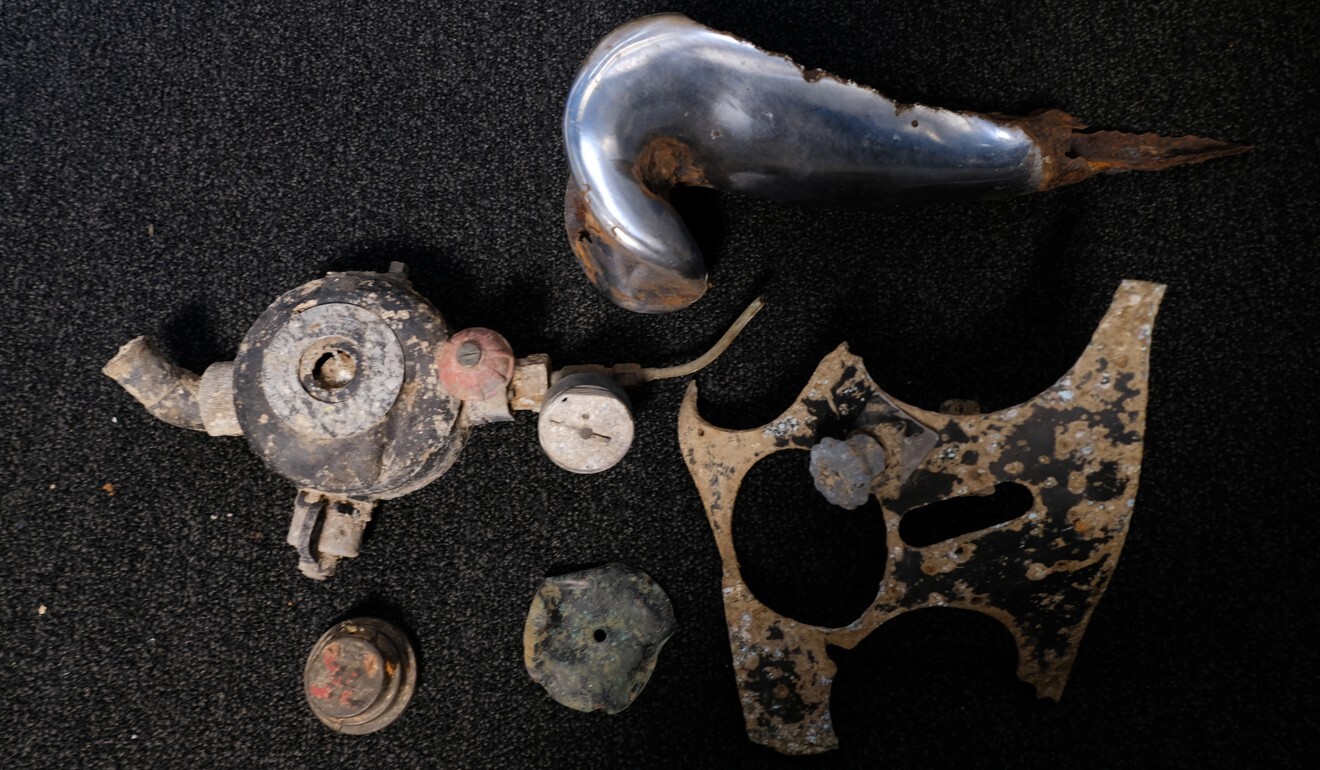
Excited that the excavation, dubbed Project Avenger, is finally happening, Mitchell told the Post the site offered unique insights of events during the operation.
“It offers a glimpse into a day in Hong Kong’s history, probably the most violent day with the most explosions,” said Mitchell, 41, a local-born physical education teacher.
“The amount of explosives that went off in those six or eight hours is unsurpassed in Hong Kong’s history. We have a small piece of it that we are going to try to bring to the public’s eye in the next few months, so it’s exciting times.”

Local and foreign archaeologists, history and remote sensing experts and members of the Explorers Club, an international organisation dedicated to field exploration and scientific inquiry, will start the dig on November 19 and expect to take 11 days.
They hope to prove that the location is a historically significant World War II site, and confirm that the wreckage is what Mitchell believes it to be. The team expects to compile a report and scientific paper by early next year.
If the wreckage is confirmed to be that of a US Navy plane, they will work with a local museum to preserve the most important artefacts on a loan basis, and hope to leave the rest at the site with a plaque to tell visitors about it.
Hong Kong historians capture horrors of World War II in new website
Mitchell has kept the exact location secret for the past decade, while seeking permission from the authorities to dig and looking for funds and experts to recover and restore any artefacts there.
He and his expedition partner, Austrian explorer and entrepreneur Paul Niel, 43, raised hundreds of thousands of Hong Kong dollars from supporters, including the American Club Hong Kong, to pay for the not-for-profit dig.
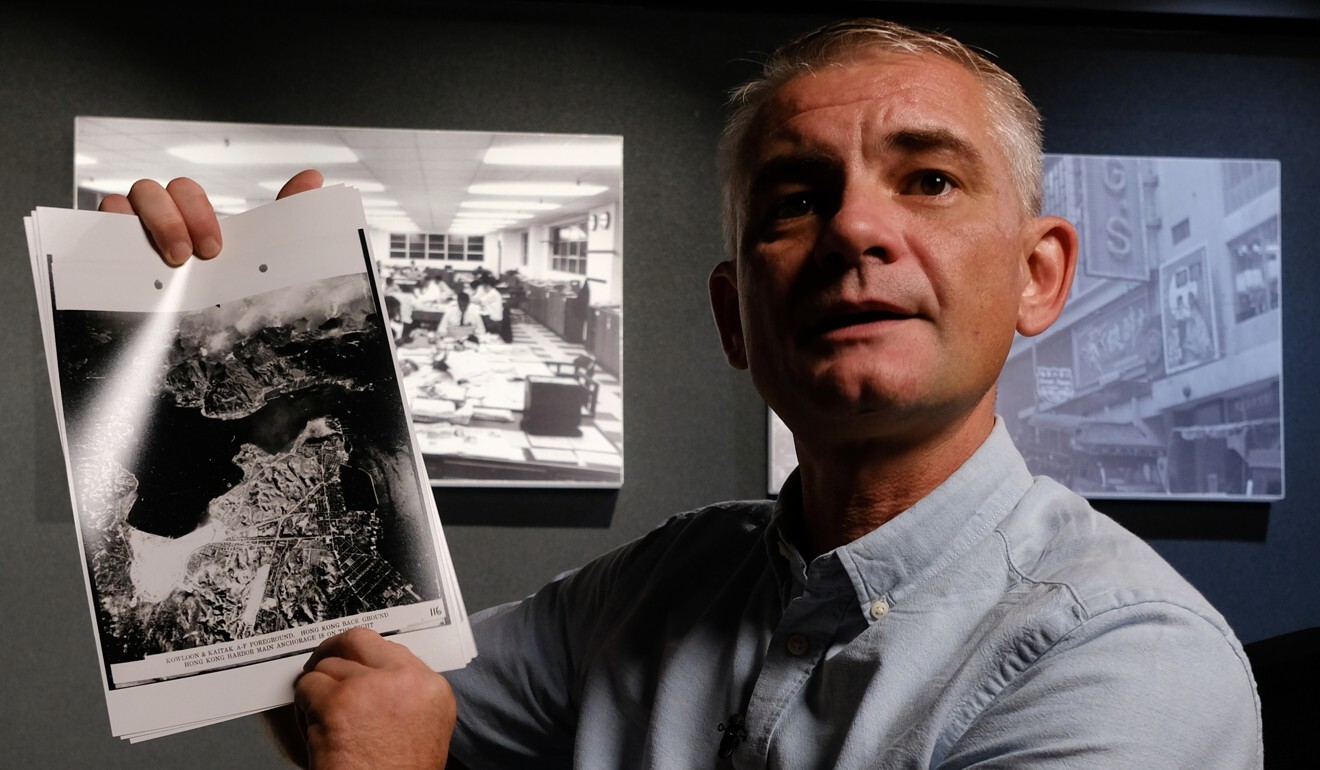
The US consulate general in Hong Kong said it was “happily assisting” in the project to ensure that the excavation and storage of the wreckage was fully coordinated with the US Department of the Navy and the US agency in charge of American prisoners of war and those missing in action.
“Project Avenger recalls a critical moment in our shared history when our allied forces fought to free Hong Kong from Japanese occupation during Operation Gratitude in the waning days of World War II,” a consulate spokesman said.
The collaboration involved was also “a testament to the enduring friendship between the Hong Kong and American people”, the spokesman added.
The Leisure and Cultural Services Department said it was not involved in the project and was unable to provide further information.
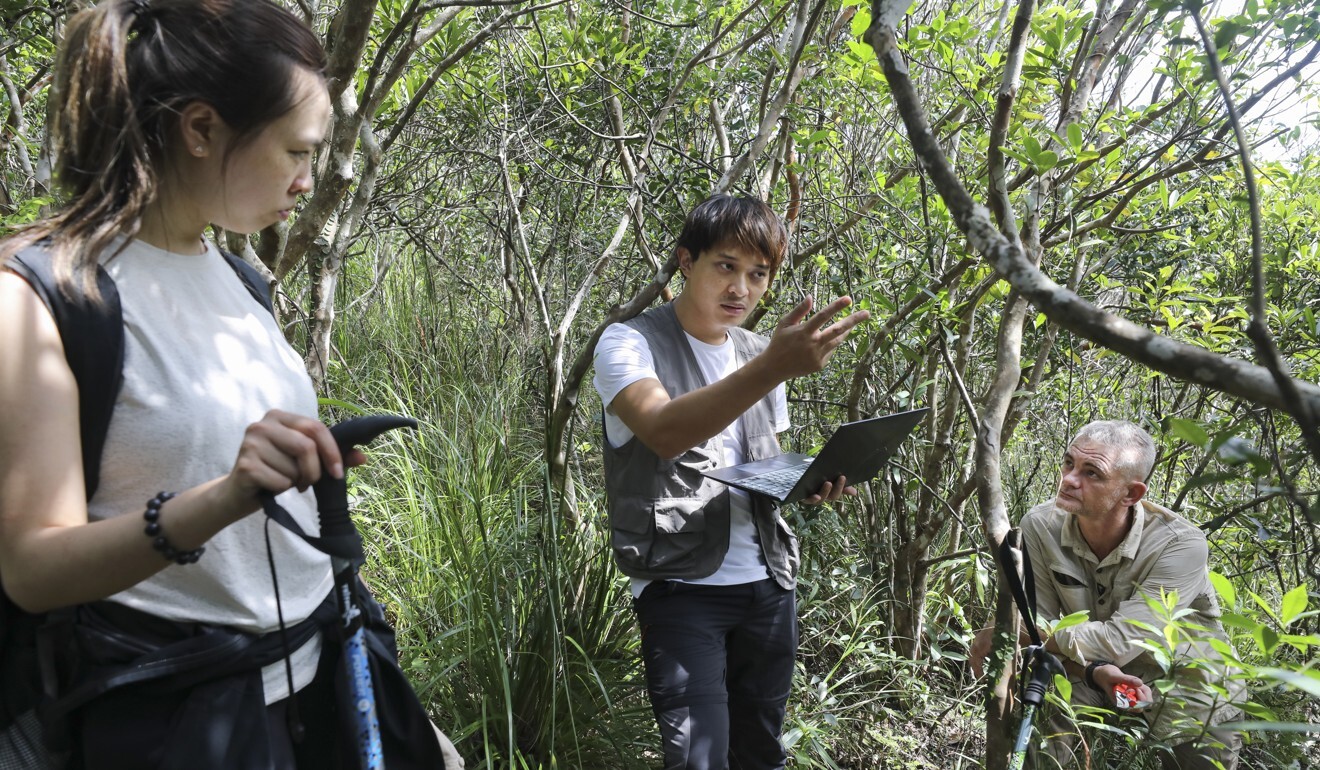
The excavation team will record the GPS location of the wreckage and use technology to create a 3D model of the pieces there, according to team member Wallace Lai Wai-lok, associate head of the department of land surveying and geo-informatics at Polytechnic University.
“That’s for the archaeologists and historians to analyse,” he said, explaining that it will be possible to tell how the plane crashed, its trajectory and how far it went.
As for human remains, the team believes there is only a slim chance of finding any as there was a big explosion and US records indicate that the bodies were recovered.
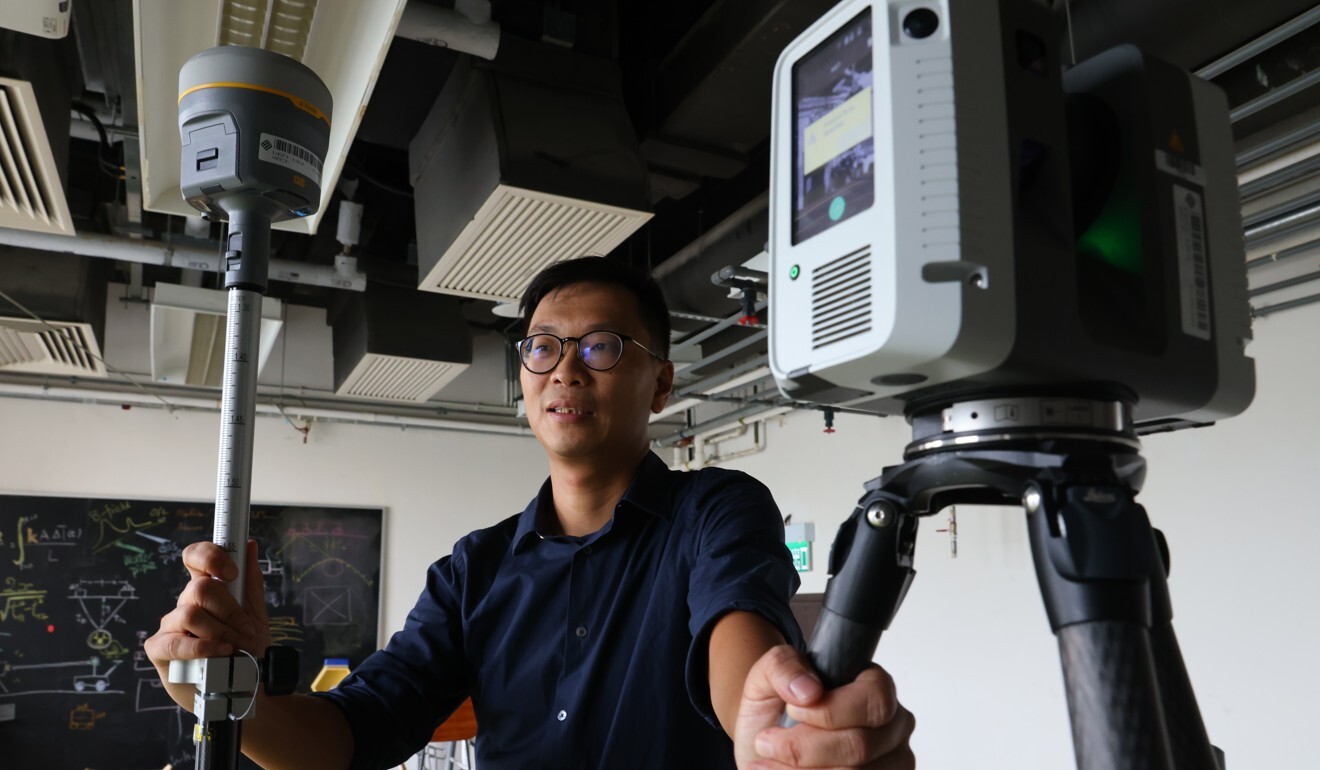
But any human fragments will be kept on site and the team will consult US authorities on follow-up action.
Mitchell has managed to contact some family members of the six American airmen, including the younger brother of one man.
He said the families had only scant information of what happened, and did not even know that the airmen died in Hong Kong. He hoped they would be able to visit the site one day.
He is already trying to locate the other US Navy planes lost during Operation Gratitude, and believes he has evidence for at least two of them.
“So I am going to keep looking. I won’t give up, we will see,” he said.

